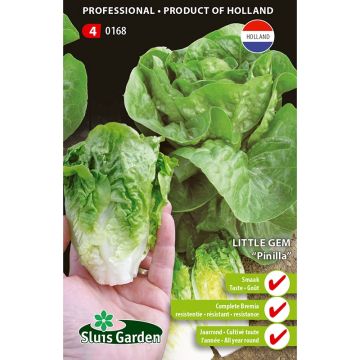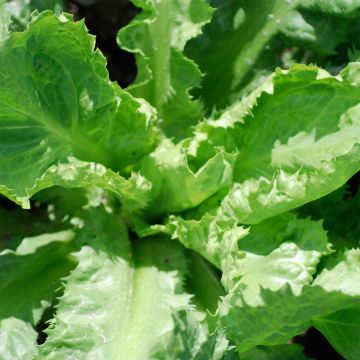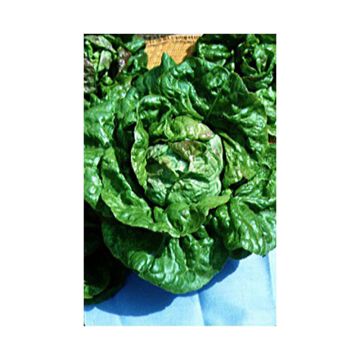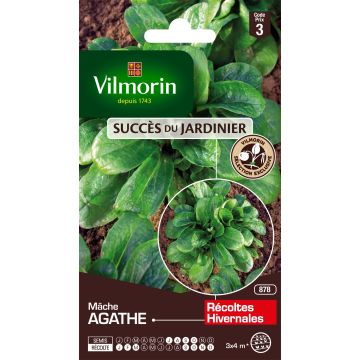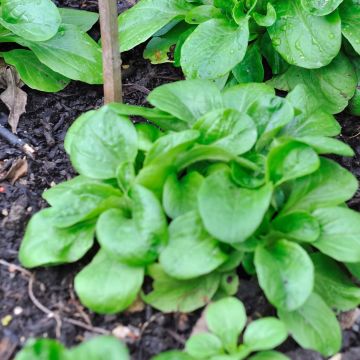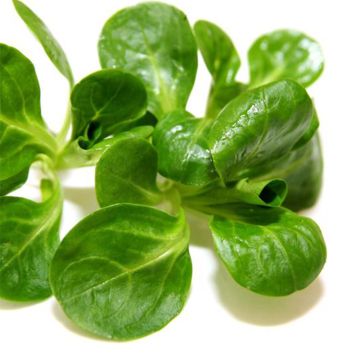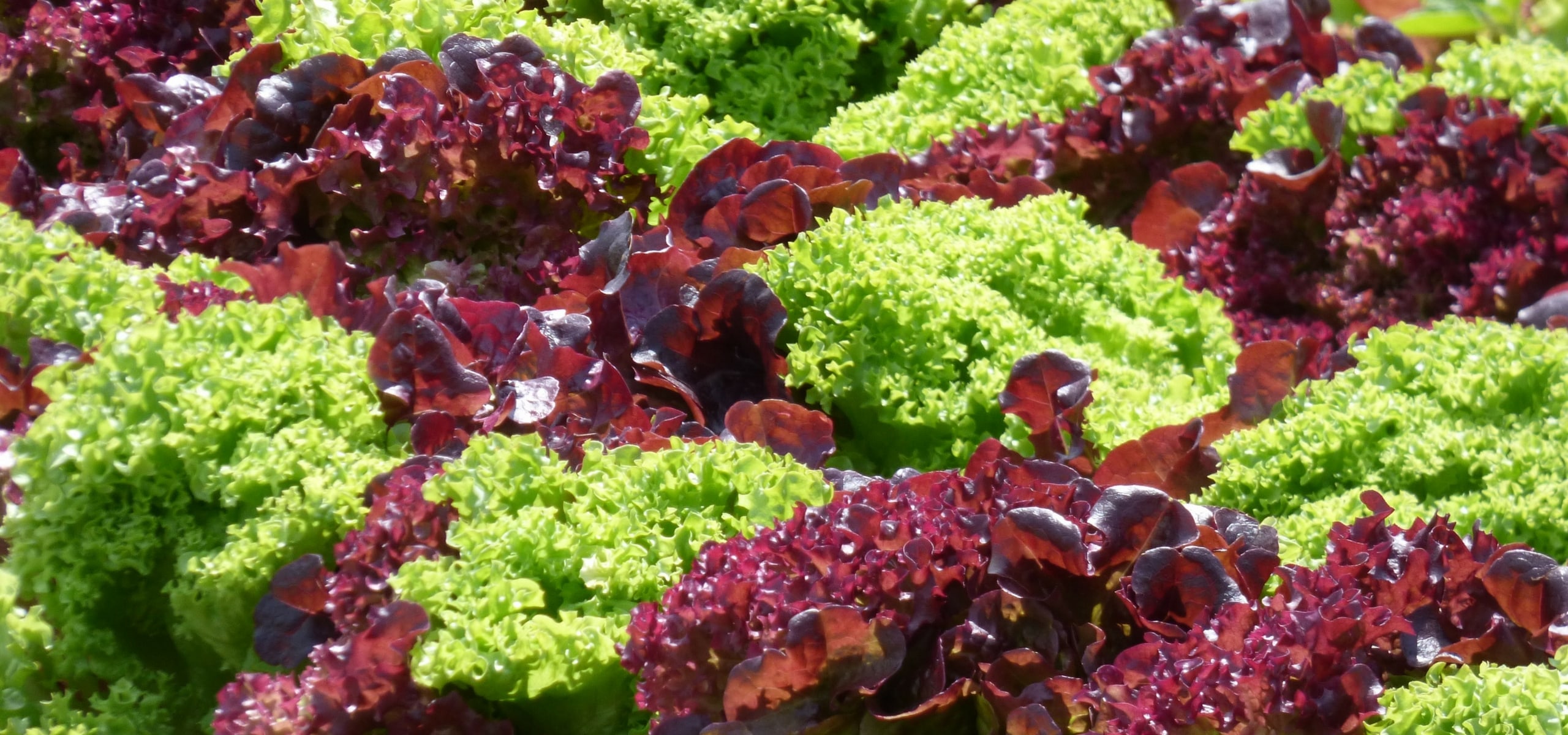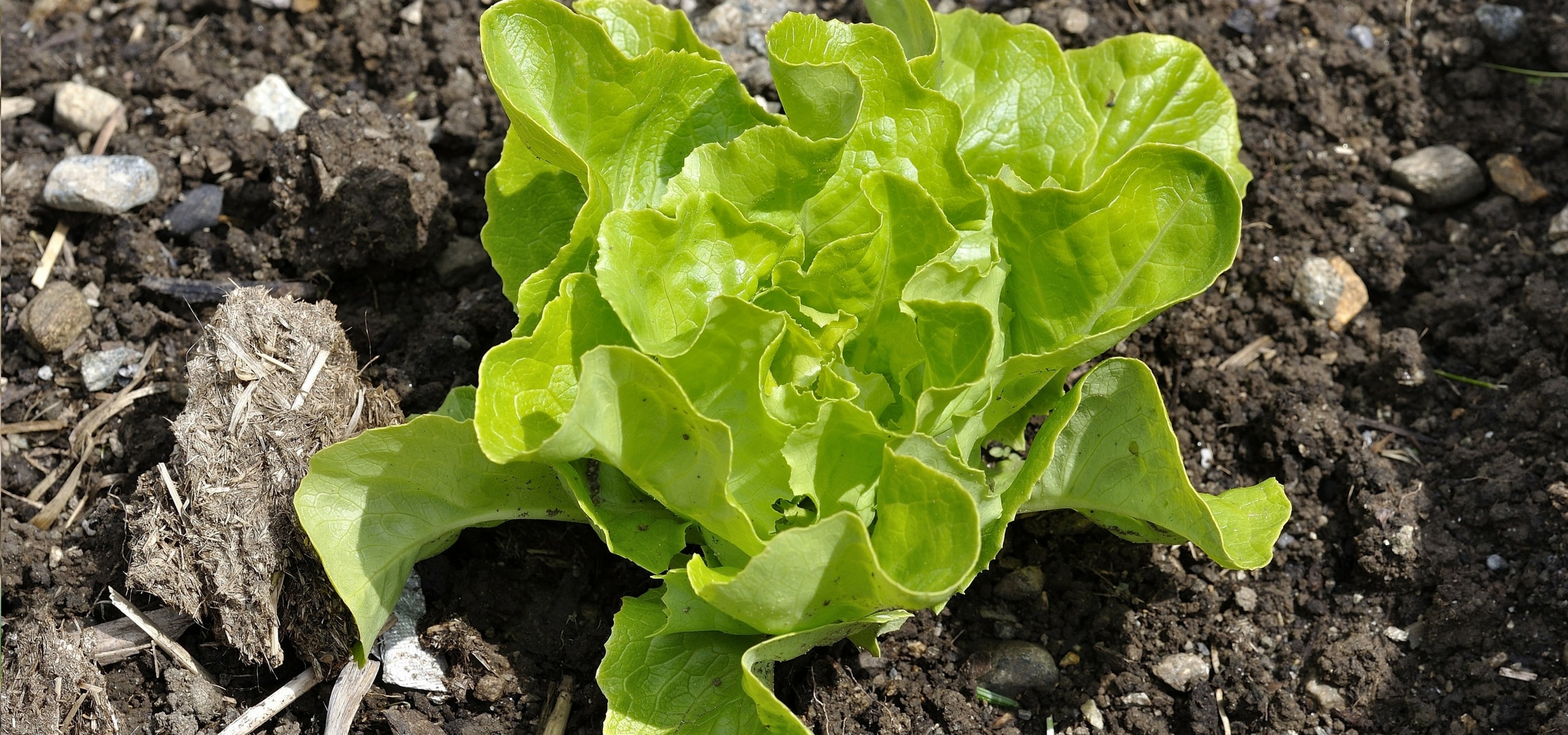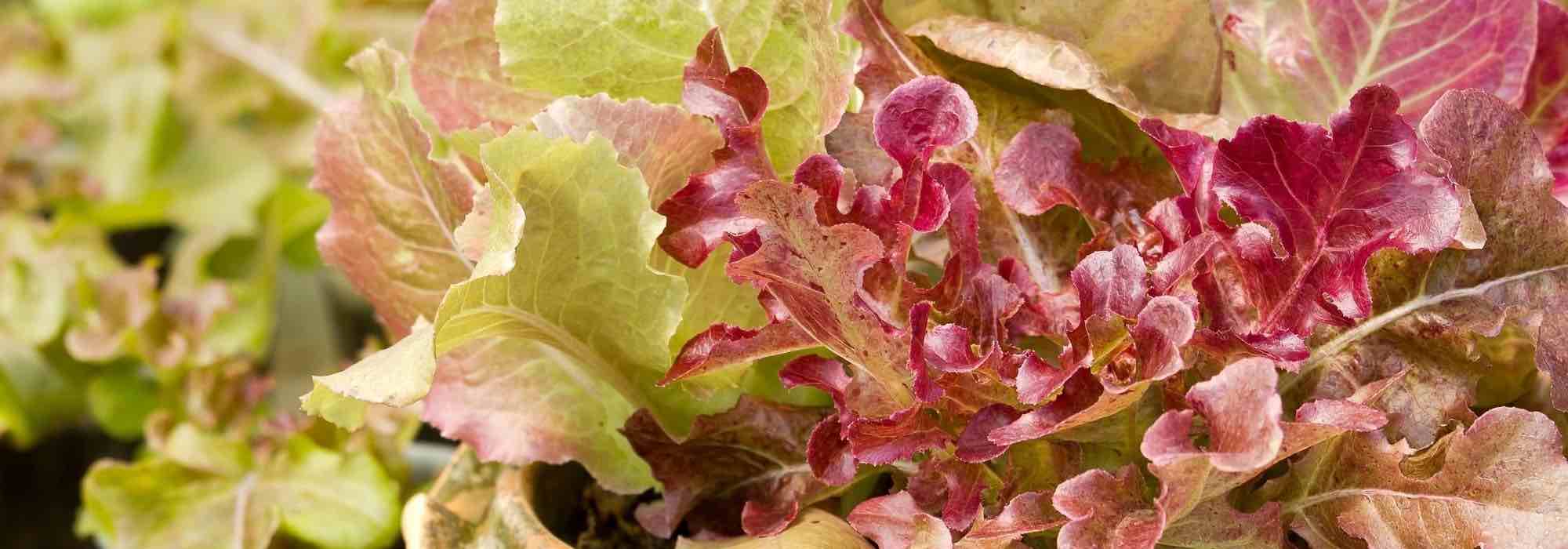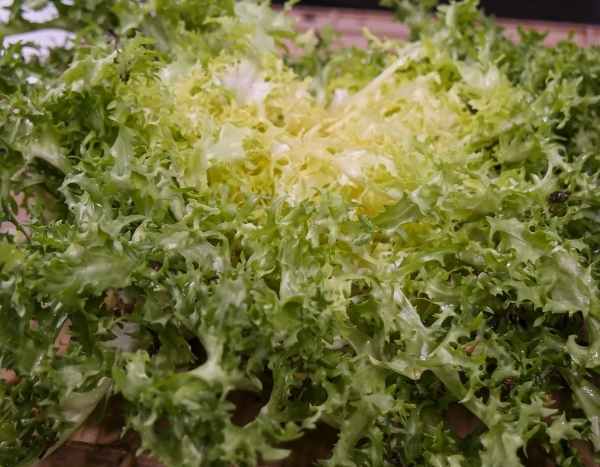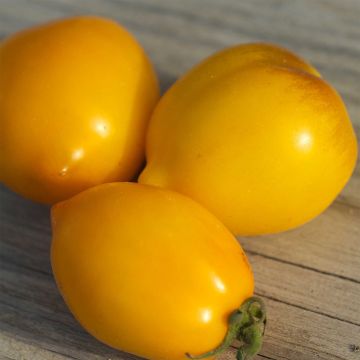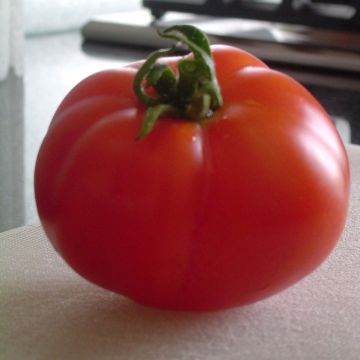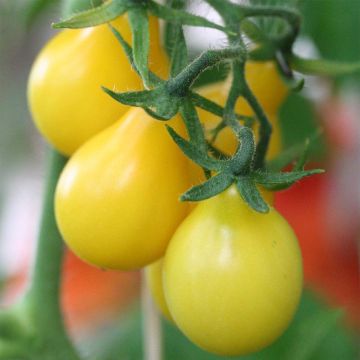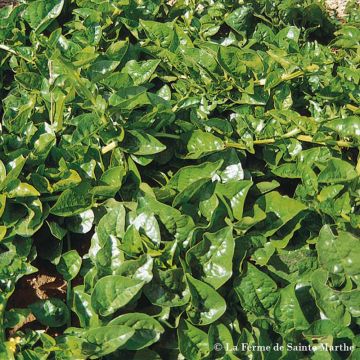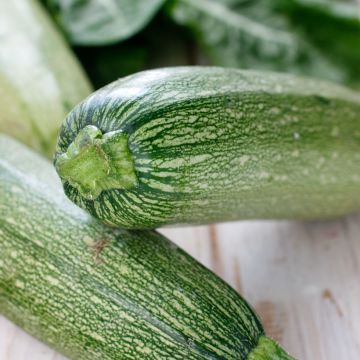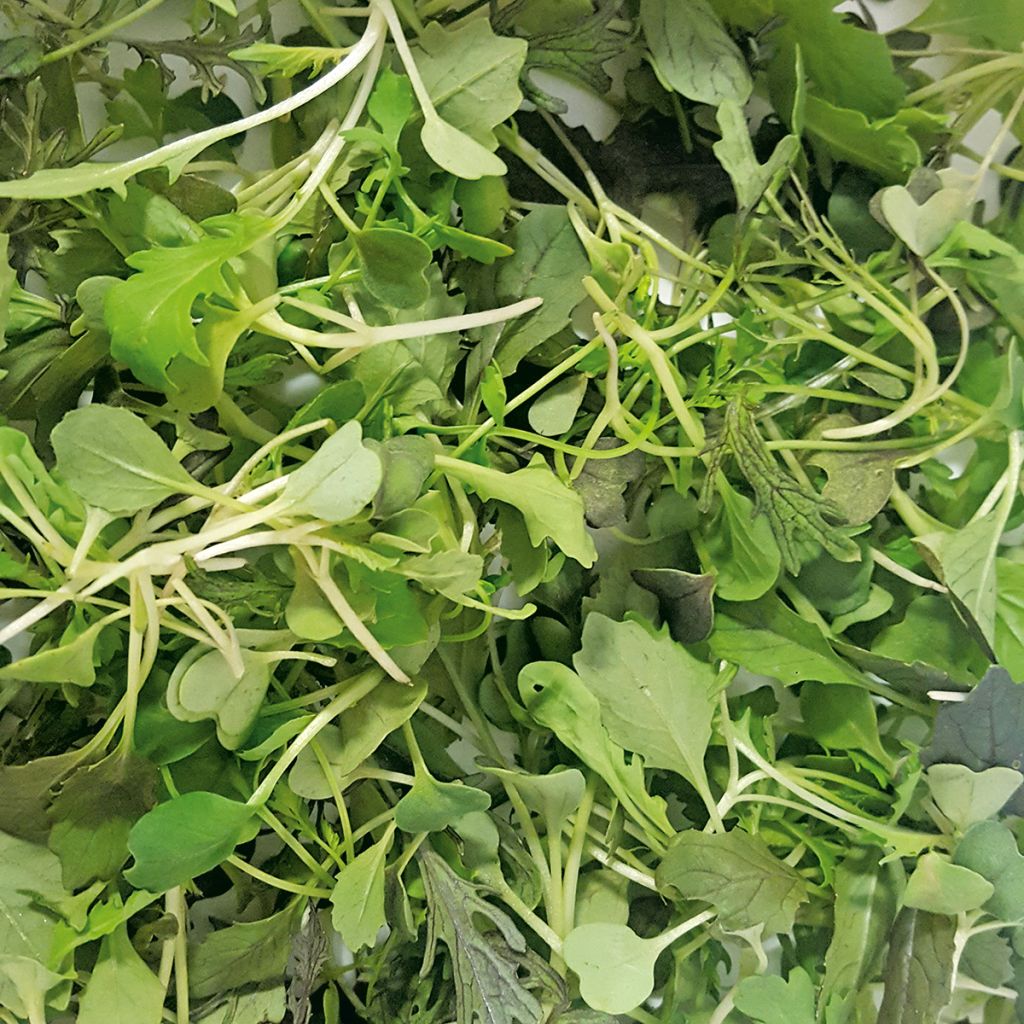

Samourai Mix
Samourai Mix
Mélange Samourai Mix
Mixed oriental salads
Special offer!
Receive a €20 voucher for any order over €90 (excluding delivery costs, credit notes, and plastic-free options)!
1- Add your favorite plants to your cart.
2- Once you have reached €90, confirm your order (you can even choose the delivery date!).
3- As soon as your order is shipped, you will receive an email containing your voucher code, valid for 3 months (90 days).
Your voucher is unique and can only be used once, for any order with a minimum value of €20, excluding delivery costs.
Can be combined with other current offers, non-divisible and non-refundable.
Home or relay delivery (depending on size and destination)
Schedule delivery date,
and select date in basket
This plant carries a 6 months recovery warranty
More information
We guarantee the quality of our plants for a full growing cycle, and will replace at our expense any plant that fails to recover under normal climatic and planting conditions.
Description
The 'Samurai Mix' Cut Salad Mix is a colourful, varied, and flavourful Mesclun to be harvested from May to November. The young shoots are consumed when they are tender and crunchy. They reveal spicy and zesty flavours, highly appreciated for bringing freshness and adding taste to salads, dishes, cheeses, or sandwiches. Aesthetically pleasing, this mix of leaves adds colour to plates. In the vegetable garden, it grows quickly and can accompany most vegetables, especially in between rows, such as tomatoes or beans that will provide shade in the summer. The seeds are sown under cover in February-March-April and September-October, and in open ground from May to August.
Mesclun, from the Provençal word "mesclum" meaning mixture, is a salad composed of different varieties. The Asian Mesclun is a mix of six varieties of Asian vegetables with a spicy flavour. 'Samurai Mix' consists of finely cut red mustard with bronze foliage; tatsoi, a cold-resistant Chinese cabbage with thick leaves and a mild flavour; red pak choi, a sweeter and milder Chinese cabbage; mizuna, a Japanese cabbage with crunchy green leaves and a peppery taste; cultivated rocket with wild leaves and a strong and spicy flavour; and land cress, an annual plant with ultra-fast germination and leaves with a spicy and aromatic flavour. This mix of colours and flavours is highly appreciated for its wide range of tastes. This small salad is usually harvested at the "young shoot" stage and can be consumed raw or cooked almost all year round.
Busy gardeners will appreciate these seed mixes as much as gourmets, as they allow for a variety of flavours with little expense and a single sowing.
These salads are called "cut" because they often have the ability to regrow after harvesting, as long as the entire stem has not been harvested.
Growing these mixes is easy and space-saving, as they can be grown in planters on a balcony or in restricted spaces such as square-foot gardens.
Harvesting: These salad mixes can be harvested as needed, either when they are young or mature. Harvesting is done with a knife by removing the leaves on the outer edge of the plant.
Storage: Mesclun can be stored for a few days in the vegetable drawer of the refrigerator, but ideally, it should be consumed immediately after picking to enjoy its freshness.
Gardener's tip: Flea beetles, tiny beetles, are fond of Rocket leaves, which are often part of the Mesclun mix. They meticulously puncture the leaves in dry and hot weather. While spraying Tansy infusion can limit the damage, installing insect netting from sowing is the most effective method of control, avoiding the use of insecticides which, even if natural, can have consequences on the garden's balance.
Report an error about the product description
Harvest
Plant habit
Botanical data
Mélange
Samourai Mix
Mixed oriental salads
Cultivar or hybrid
Annual
Other Salad leaf seeds
View all →Planting and care
The germination of the 'Samurai Mix' Asian cut salad blend occurs at a temperature between 15 and 22°C (59 and 71.6°F) and takes 7 to 14 days.
Sowing:
Sowing is done in the sun, in moist, fertile and well-prepared soil.
Directly in open ground in spring-summer or under cover (cold greenhouse, Nantes tunnel, frame) in February-March or September-October, for a harvest 5 to 6 weeks later.
On loosened and well-prepared soil, draw furrows spaced 30cm (12in) apart, with a depth of 0.5cm. Sow in rows, spacing the seeds 4cm (2in) apart and cover. After germination, when the plants are well developed, thin them out to leave one plant every 30cm (12in).
This blend can also be grown in pots or in small spaces like square vegetable gardens, in which case sow broadcast and thin out, keeping only one plant every 10cm (4in).
In order to have these salads throughout the year or almost, consider spreading out your sowings over time.
Cultivation:
These small salads are not very demanding, but they do require humus-bearing soil. It is advisable to make a moderate addition of mature compost, preferably in autumn, by scratching it in to a depth of 5cm (2in), after loosening the soil, as you would for any vegetable crop.
Seedlings
Care
Intended location
Planting & care advice
This item has not been reviewed yet - be the first to leave a review about it.
Similar products
Haven't found what you were looking for?
Hardiness is the lowest winter temperature a plant can endure without suffering serious damage or even dying. However, hardiness is affected by location (a sheltered area, such as a patio), protection (winter cover) and soil type (hardiness is improved by well-drained soil).

Photo Sharing Terms & Conditions
In order to encourage gardeners to interact and share their experiences, Promesse de fleurs offers various media enabling content to be uploaded onto its Site - in particular via the ‘Photo sharing’ module.
The User agrees to refrain from:
- Posting any content that is illegal, prejudicial, insulting, racist, inciteful to hatred, revisionist, contrary to public decency, that infringes on privacy or on the privacy rights of third parties, in particular the publicity rights of persons and goods, intellectual property rights, or the right to privacy.
- Submitting content on behalf of a third party;
- Impersonate the identity of a third party and/or publish any personal information about a third party;
In general, the User undertakes to refrain from any unethical behaviour.
All Content (in particular text, comments, files, images, photos, videos, creative works, etc.), which may be subject to property or intellectual property rights, image or other private rights, shall remain the property of the User, subject to the limited rights granted by the terms of the licence granted by Promesse de fleurs as stated below. Users are at liberty to publish or not to publish such Content on the Site, notably via the ‘Photo Sharing’ facility, and accept that this Content shall be made public and freely accessible, notably on the Internet.
Users further acknowledge, undertake to have ,and guarantee that they hold all necessary rights and permissions to publish such material on the Site, in particular with regard to the legislation in force pertaining to any privacy, property, intellectual property, image, or contractual rights, or rights of any other nature. By publishing such Content on the Site, Users acknowledge accepting full liability as publishers of the Content within the meaning of the law, and grant Promesse de fleurs, free of charge, an inclusive, worldwide licence for the said Content for the entire duration of its publication, including all reproduction, representation, up/downloading, displaying, performing, transmission, and storage rights.
Users also grant permission for their name to be linked to the Content and accept that this link may not always be made available.
By engaging in posting material, Users consent to their Content becoming automatically accessible on the Internet, in particular on other sites and/or blogs and/or web pages of the Promesse de fleurs site, including in particular social pages and the Promesse de fleurs catalogue.
Users may secure the removal of entrusted content free of charge by issuing a simple request via our contact form.
The flowering period indicated on our website applies to countries and regions located in USDA zone 8 (France, the United Kingdom, Ireland, the Netherlands, etc.)
It will vary according to where you live:
- In zones 9 to 10 (Italy, Spain, Greece, etc.), flowering will occur about 2 to 4 weeks earlier.
- In zones 6 to 7 (Germany, Poland, Slovenia, and lower mountainous regions), flowering will be delayed by 2 to 3 weeks.
- In zone 5 (Central Europe, Scandinavia), blooming will be delayed by 3 to 5 weeks.
In temperate climates, pruning of spring-flowering shrubs (forsythia, spireas, etc.) should be done just after flowering.
Pruning of summer-flowering shrubs (Indian Lilac, Perovskia, etc.) can be done in winter or spring.
In cold regions as well as with frost-sensitive plants, avoid pruning too early when severe frosts may still occur.
The planting period indicated on our website applies to countries and regions located in USDA zone 8 (France, United Kingdom, Ireland, Netherlands).
It will vary according to where you live:
- In Mediterranean zones (Marseille, Madrid, Milan, etc.), autumn and winter are the best planting periods.
- In continental zones (Strasbourg, Munich, Vienna, etc.), delay planting by 2 to 3 weeks in spring and bring it forward by 2 to 4 weeks in autumn.
- In mountainous regions (the Alps, Pyrenees, Carpathians, etc.), it is best to plant in late spring (May-June) or late summer (August-September).
The harvesting period indicated on our website applies to countries and regions in USDA zone 8 (France, England, Ireland, the Netherlands).
In colder areas (Scandinavia, Poland, Austria...) fruit and vegetable harvests are likely to be delayed by 3-4 weeks.
In warmer areas (Italy, Spain, Greece, etc.), harvesting will probably take place earlier, depending on weather conditions.
The sowing periods indicated on our website apply to countries and regions within USDA Zone 8 (France, UK, Ireland, Netherlands).
In colder areas (Scandinavia, Poland, Austria...), delay any outdoor sowing by 3-4 weeks, or sow under glass.
In warmer climes (Italy, Spain, Greece, etc.), bring outdoor sowing forward by a few weeks.
































